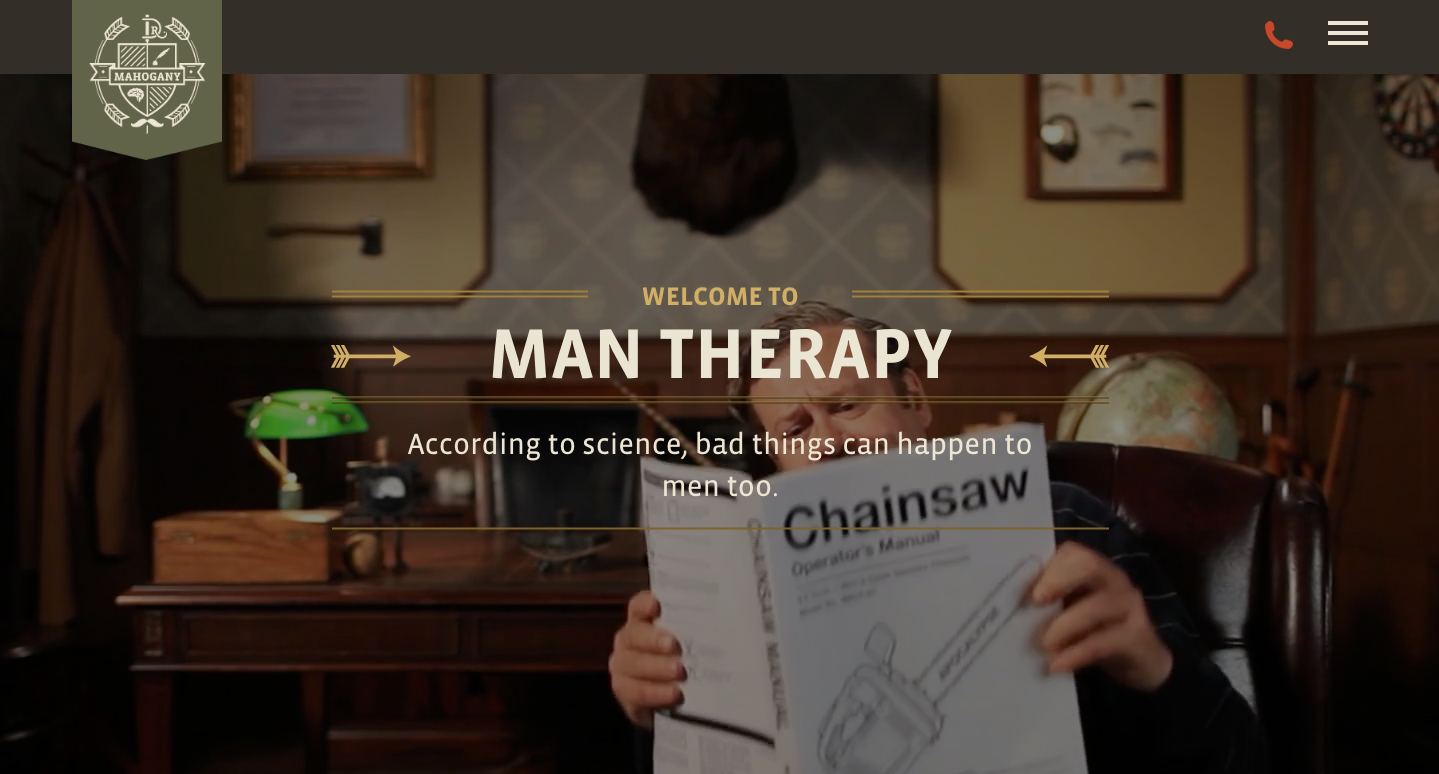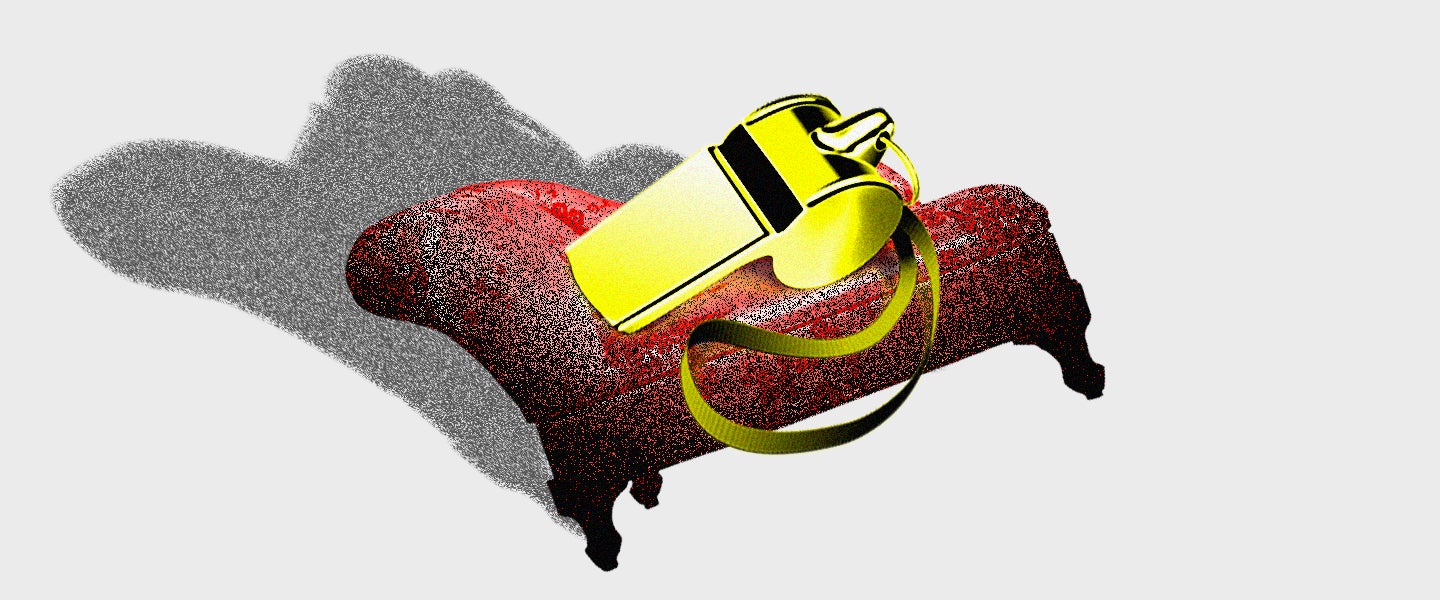Boyd, a 59-year-old company director from the U.K., discovered the benefits of life coaching earlier than most. “I was coached in the early 1980s, at the height of Erhard Seminars Training,” he tells me. Boyd wanted help with setting up his business, buying a house and “finding that special someone,” and found that coaching helped him let go of doubt — or to “feel the fear and do it anyway,” in the self-help parlance of the time. “If I think that someone I fancy is out of my league, [my life coach] would remind me that I made that up,” he says. “She would say forget about all that and just go over and say ‘hello.’”
For Stephen, a 36-year-old freelance writer based in Toronto, engaging the services of a life coach last year happened almost by accident. He was doing a series of profiles on immigrants and refugees, and one of his interviewees happened to be a coach. “We hit it off, and she offered me a free lesson,” he tells me. “Then I paid for one more after that.” Like Boyd, Stephen’s session were goals-based and covered all areas of his life, but Stephen focused mostly on work, having quit a stable restaurant job a year earlier to pursue a writing career. “I talked a fair amount about feelings of guilt of being a straight, white male artist. I told the life coach I felt guilty about taking up space,” he says. “She was like, ‘No! Feel no guilt! You’re amazing! The world needs more you!’ In that way, some of it was like unlicensed therapy.”
For many men, life coaching is the closest they’ll get to seeing the inside of a therapist’s office. That’s because men are significantly less likely than women to seek mental-health treatment, whether by engaging a therapist or even just raising issues like depression or addiction with a primary health-care provider. In fact, a 1993 study published in Psychotherapy found that two-thirds of mental-health outpatient visits were made by women, and 80 percent of people who use the National Suicide Prevention Lifeline’s digital services are women, even though men are almost four times as likely to die by suicide. This gendered discrepancy in help-seeking is so well-evidenced that government agencies and charities have begun unfurling mental-health services designed specifically for men.
Interestingly, though, men are almost as likely as women to engage the services of a life coach — and more likely than women if it’s to help with business goals. Part of the reason men opt for coaching over therapy may simply come down to access: the former is often much cheaper than the latter. Some coaches charge as little as $16 per session, compared to the $150-plus an hour charged by most therapists. And men who want to go to therapy may be discouraged by long waitlists and provider unavailability. For working-class and black men, this problem is intensified by discrimination: a Princeton University study showed that therapists are significantly more likely to turn down prospective clients if they’re black or working class, even though all of the test subjects were covered by private insurance. Immigrant men are also underserved, using mental-health services at lower rates than non-immigrants despite an equal or greater need.
For Olly, a 25-year-old actor based in the U.K. who has done both therapy and life coaching, the coaching was significantly more accessible. “I had attempted suicide twice, and still had to wait six months to see a therapist,” he tells me, a delay he describes as “disappointing.” But when a life coach reached out to him through his YouTube channel and told him she mentors young people with careers in entertainment, Olly was impressed by her availability. “She offered to meet the following week,” he says. “To begin with, I was quite suspicious since she’d approached me out of the blue, but I got on board after a while.”
Access isn’t the only factor preventing men from doing therapy, though, and traditional gender roles also contribute to the problem. Therapy is a feminized activity: designed by men for the treatment of women, therapy involves a level of vulnerability that traditionally minded men may find unbearable. Acknowledging that you’re struggling, asking for help and then talking at length about your emotions and interpersonal history is difficult for most people, but for men who model their masculinity on the Marlboro Man or the guy from Old Spice commercials, it’s out of the question.
The perceived femininity of therapy is an acknowledged problem within the profession. A 1992 study showed that men are more likely to do therapy if the sessions are described instead as “meetings” or “consultations” and self-help and achievement are emphasized. Therapists even alter their practices and language to better accommodate the concerns of traditionally minded men by shunning turquoise walls and Kleenex boxes in favor of wood paneling, leather chairs and sports-themed art; using empowering language like “strategies” and “goals” rather than “treatment” and “therapy”; and walking, eating or throwing balls around with clients instead of the traditional “sit and talk” format.

Of course, this is all good news for life coaches, who often already speak in the masculine, #NoDaysOff language of goal optimization, upskilling and action plans — and who tend not to bother drawing a connection between your emotionally withholding mother and your dismal dating history. When I asked why he thought men preferred life coaching to therapy, Stephen thought vulnerability played a role. “To go to therapy, you admit implicitly to yourself and others that you’re ‘crazy’ or have mental health issues,” he explains. “Whereas going to a life coach can be framed as ‘optimizing’ something that’s already good, like going to the gym. There’s not necessarily a concession of weakness.”
Boyd was even blunter: “Therapy is what you do if there’s something wrong with you. Coaching is what you do when you’re good at something.”
But while coaching may be an accessible, less emotionally challenging alternative to therapy, the advice offered by coaches can be general, surface-level and couched in corporate jargon. Recall Boyd’s coach and their proto-pickup artist advice to approach whatever women he liked, regardless of “leagues”; or consider Olly’s report that, while his life coach did give him some good tips about writing engaging emails, “some of it was basic self-help with a management gloss, and corporate astrology about personality types.”
What’s more, the coach won’t necessarily be well-versed in psychology, economics, or well, much of anything. Life coaching is an unregulated industry, and while many practitioners hold certificates from coaching organizations — a qualification skewered mercilessly in this Peep Show episode — coaches need no formal qualifications or experience to set up shop. Given the sheer numbers entering the $2.4 billion industry, there’s also a high risk that life coaches may be unscrupulous and predatory, or just not very good.
That said, there are certainly plenty of empathetic, thoughtful life coaches who act with integrity and help improve the lives of their clients, and coaching and therapy are separate fields with distinct purposes. But traditional gender roles and a lack of access may be driving men to use coaching as a cheaper, easier alternative to therapy; and in cases when there are serious mental health issues at stake, this is a concern. A peppy Skype session with an un(der)qualified coach is a poor substitute for the hard-won, personalized insights that therapy affords its patients, and men desperately need those insights, too. “In terms of outcomes, therapy has had a much bigger impact [than life coaching],” Olly tells me unequivocally. “The advice I got through life coaching was meant to be applicable to everyone in a corporate management way, but therapy was about me specifically.”
Stephen concurs. “[My life coach] would more unquestioningly default to cheerleader mode,” he tells me. “The things I’ve learned in therapy I use every day, whereas I don’t think I really learned anything in life coaching. In my limited experience, it was entirely emotional support.”

